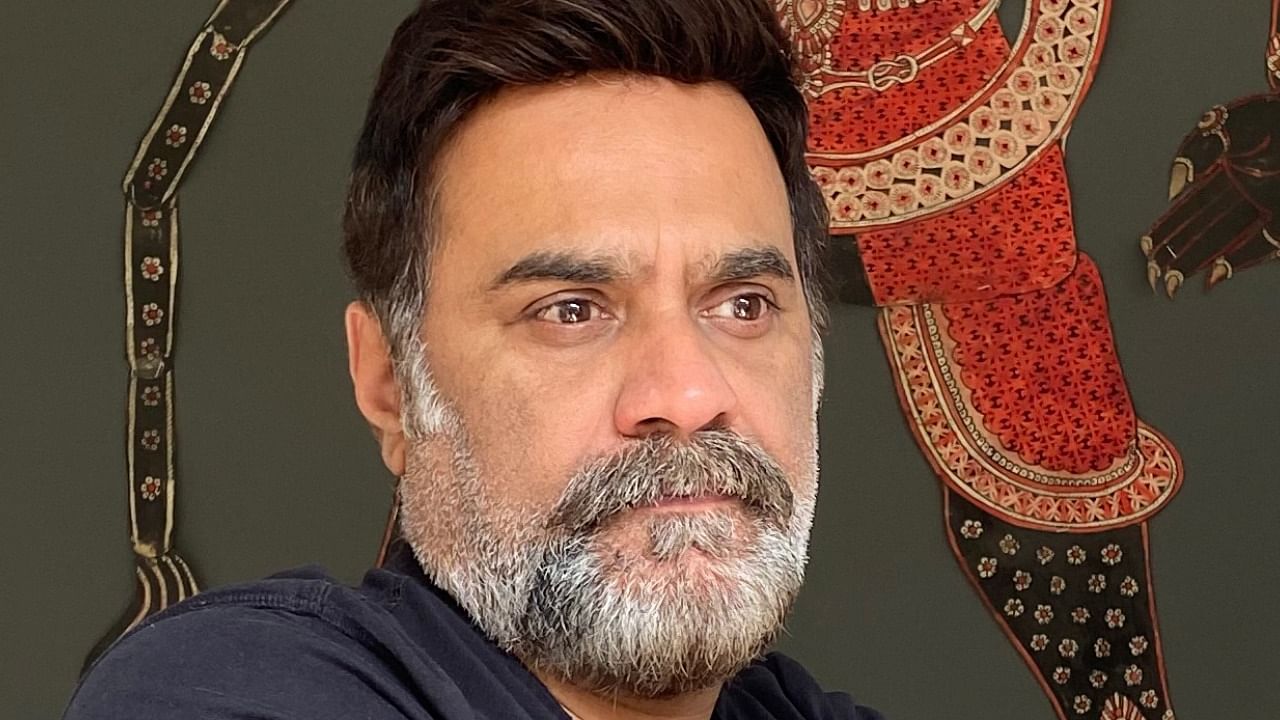

In a material world fraught with the endless race of hedonism, the ruminations of the 13th-century Persian poet, Jalal ad-Din Muhammad Balkhi, better known as Rumi, continue to prove inspirational for artists, performers and writers looking for meaning in life beyond the apparent.
Manjunath Kamath, a leading contemporary artist, found his inner thoughts resonating with the Sufi mystic's poem, "Thousands of Me." The poem inspires his latest series of works of the same name on view at Sakshi Gallery, Mumbai.
New Delhi-based Kamath said he felt "thousands of me within my being—one who is a certain way with family, another with friends, yet another with oneself, and so on… That holds for all of us. Moreover, Rumi's poem felt so much in consonance with my work, with my skills."
The "Thousands of Me" that Kamath presents in the exhibition are various sculptures, each an expression of how one connects with a memory, an object, or an idea and how one becomes a different individual while connecting with various entities. He renders the works in terracotta, Kamath's preferred medium, for its ability to survive through history despite its fragility.
Giving shape to these different memories in a material imbued with great historical significance allows Kamath to continue exploring the idea of history-making.
"This idea—of making one's history—has been the main part of my work for a long time. It is like fiction and is based on who writes it. It is a winner's history that we are all familiar with, and I am fascinated with the idea of space for creating fiction; working with terracotta allows me to write history," says the artist.
Kamath was born in Mangaluru and studied at the Chamarajendra Academy of Visual Arts, Mysuru, and the School of Art and Design at the University of Wales Institute, Cardiff, UK.
Multiple versions of oneself and history are ideas that segue well into Kamath's long-standing artistic discourse on what makes contemporary art.
Indian art since independence is broadly classified as modern and contemporary; the former refers to art created by artists born around the time of Independence, while the artists creating works now are referred to as contemporary.
"I've always asked the question, 'what is contemporary art?'" says Kamath, adding, "It's a vital question because it all began with the British coming to India and negating everything produced here. So, any piece of modern art that carried indigenous elements was dismissed as craft, while any art conforming to western sensibilities was declared modern/ contemporary art.
"Wasn't work that was being produced several centuries ago, contemporary for those times? And if it is a living tradition, and I incorporate it into my art, does my art stop being contemporary?"
Kamath said that it is the ancient yet living traditions of the place he is most interested in, instead of modern cities, which he says are similar globally.
"I collect a lot of objects, antiques, whatever I like… from the older parts of modern cities, and those influences appear in my work subconsciously, organically," he says. In doing so, Kamath creates his versions of different histories, melding global influences with living Indian traditions and, by extension, creating different versions of himself.
The exhibition is on view at Sakshi Gallery in Colaba, Mumbai, through May 31.
(The writer is a New Delhi-based journalist, editor and arts consultant)
Check out DH's latest videos: